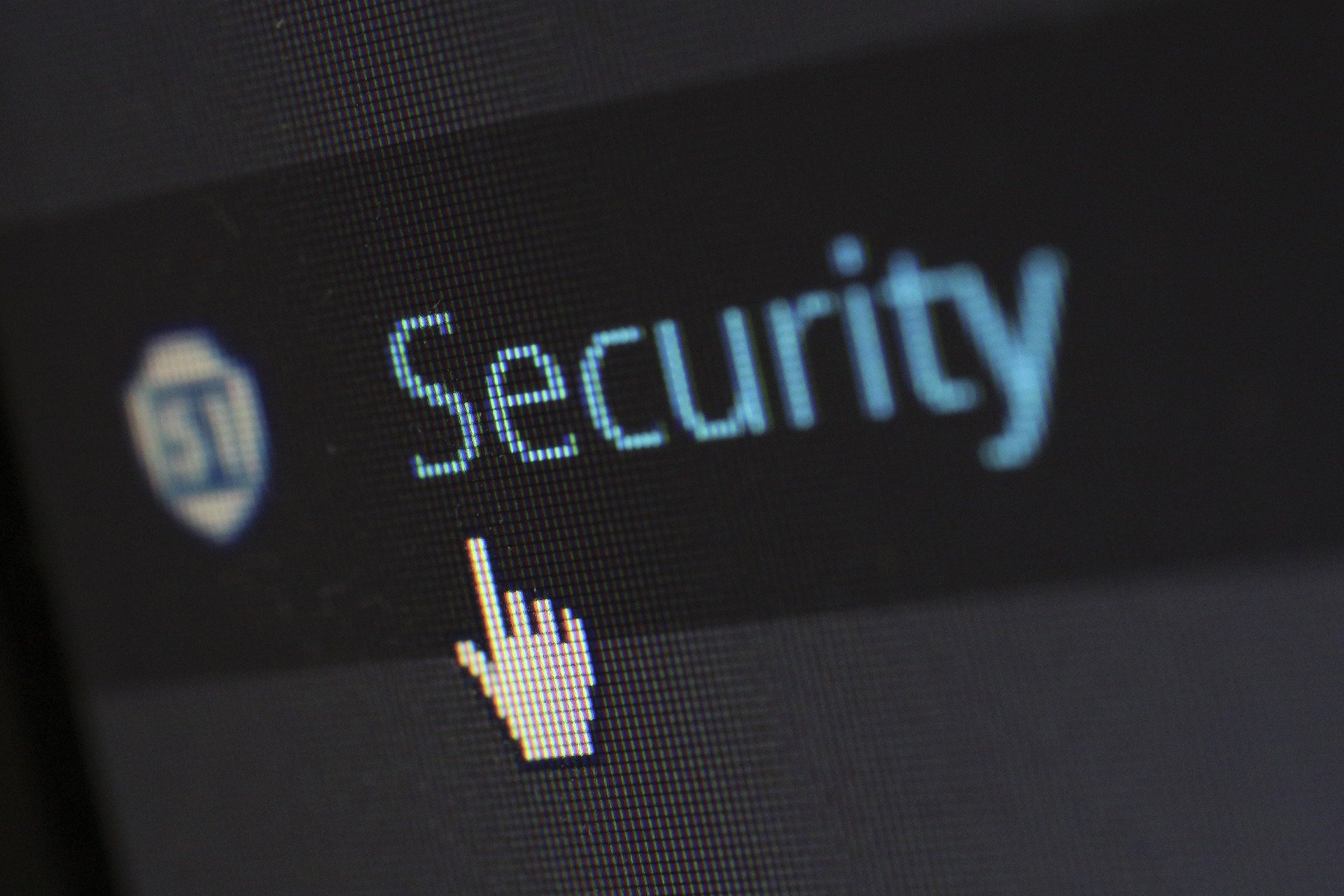DMARC and DKIM are groundbreaking email authentication protocols that boost your email marketing campaign’s visibility, identity, and security. This blog post will teach you about DMARC vs. DKIM, their differences, which is better for your business, and why every marketer should use one.
Email marketing remains a highly effective digital marketing strategy, turning prospects into customers and converting first-time buyers into repeat customers and fans. Not to mention, it is low-cost yet has high ROI rates.
However, one downside to this marketing channel is that many phishing attacks use email messages. To fix this problem, you must know a few technical details. And that’s what email authentication is for.
If you want to learn more about DMARC vs. DKIM, keep reading to know which is better for your business.
DMARC vs. DKIM: The Difference
What is DMARC (Domain-based Message Authentication, Reporting & Conformance)?
DMARC is an email validation system that protects your company’s email domain from being used for phishing scams, email spoofing, and other cybercrime. It also leverages existing email authentication techniques, such as DKIM and SPF.
Fundamentally, DMARC is vital to industries and businesses of all sizes using emails. If the sending server is in the SPF record and there’s a DKIM signature, the email will likely land in the recipient’s inbox.
We’ll discuss DKIM later, but SPF (Sender Policy Framework) is another authentication method. It lists IP addresses in a DNS txt record to identify specific mail servers allowed to send your domain emails.
For instance, an attacker attempts to spoof InboxAlly by sending an email from a forged send-to email address. The recipient may think the message is legitimate, but the content may be harmful.
With SPF records in place, the receiving mailbox checks if the message was sent from the IP address authorized for sending by InboxAlly.
If the email fails authentication, it’ll be processed based on the selected DMARC policies:
- None – The receiving server doesn’t take action when your email fails authentication so that it won’t affect your email deliverability. However, it won’t also protect you from scammers.
- Quarantine – Your messages don’t pass the DMARC check, and the provider advises you to send them to the spam folder.
- Reject – The receiving server or domain owner rejects all emails that fail authentication. These messages will result in a bounce.
What are the benefits of DMARC?
1. Security – DMARC helps the email community create a uniform policy for dealing with emails that fail to authenticate. As a result, this makes the email ecosystem more trustworthy and secure.
2. Visibility – DMARC reports tell you which emails from your domain that DKIM and SPF have authenticated. They can alert you if there are potential spammers and let you review who is sending messages to your domain. These benefits increase your visibility in your email campaign.
3. Reputation – Preventing unauthenticated parties from sending messages from your domain establishes your DMARC records via DNS (Domain Name System) and protects your brand. Simply publishing your DMARC record can also improve your email sender reputation, which is a score that ISPs assign to a business that sends emails.
Is there a downside to DMARC?
Yes, sometimes senders mark legitimate emails as spam or blocked. This can also happen in forwarded messages as some mail systems break the DKIM and SPF signatures in forwarded emails.
Related: SPF, DKIM, DMARC explained – Infographic
DMARC Record Example
A typical DMARC record has three important tag-value pairs or components. Here’s an example of how it looks:
v=DMARC1; p=reject; rua=mailto:dmarc@yourdomain.com
The three tags here are: “v,” “p,” and “rua” with values DMARC 1, reject, and mailto:dmarc@yourdomain.com.
The v tag indicates the DMARC version. If the email fails authentication, the p tag is the policy to perform, and the rua tag is the Report Email Address. It is the dedicated email where they send DMARC reports. To set the DMARC record, you must first set SPF and DKIM records.
At InboxAlly, we help businesses of all sizes improve email deliverability and boost security. Gain access to our entire suite of features here.
FAQs about DMARC
What happens if there’s no DMARC?
Your domain may lose out on such a valuable email authentication mechanism. As a result, it can negatively impact your email delivery because inboxes cannot verify your emails’ legitimacy.
What causes DMARC to fail?
Your DMARC may fail because you have not specified the DKIM signature for your domain.
To fix a DMARC failure, check your domain’s DKIM and SPF settings and ensure that outgoing messages pass the authentication checks.
Does DMARC protect the sender or receiver?
Both. DMARC protects email senders and recipients from phishing, spam, and spoofing.
Is implementing DMARC difficult?
Not at all. It’s easy to generate a DMARC record using a free online DMARC record generator and publish it in the DNS in five minutes. You’ll see aggregate reports within 72 hours after updating the DNS records.
What is DKIM (DomainKeys Identified Mail)?
Like DKIM and SPF records, DKIM (or email signaling) is a TXT record added to a domain’s DNS.
The protocol allows recipients to check if the domain owner authorized and sent the email. Once the receiver determines they signed the email with a DKIM signature (secured with encryption), they haven’t modified other parts of the email and the attachments.
Therefore, implementing the DKIM standard enhances email deliverability. If you use both SPF and DKIM, you can protect your email domains from fraud and spoofing attacks while boosting your email deliverability at the same time.
Moreover, DMARC works if you have set up both DKIM and SPF. They are the best email practices to make your email message more trustworthy.
If an email message fails DKIM validation and a DMARC has been set to reject emails, the email server does not send it altogether. This is a typical setting with public mail servers, including Gmail.
Additionally, Google drops millions of emails that fail DKIM and SPF authentication so users won’t fall victim to hacking, phishing, and identity theft campaigns.
What are the benefits of DKIM?
1. Legitimacy – DKIM creates multiple layers of security for sending domains, working together with DMARC and SPF. Mail servers that don’t support DKIM signatures can still receive emails without problems. However, emails are more likely to be delivered using this security protocol.
2. Reputation– DKIM helps you build a good domain reputation over time. As you improve your delivery practices (low bounces and spam, high engagement), your domain earns an excellent sending reputation with the ISPs. As a result, it improves your email deliverability.
3. Protection – DKIM protects your email program’s integrity and your organization’s reputation. It also protects the domain against spoofing and phishing scams, mainly when used with SPF and DMARC. DKIM is also hard to spoof because it detects unauthorized changes and inconsistencies in email headers.
Are there downsides to DKIM?
Yes. While DKIM is a robust authentication method, there can still be issues when the filtering program or the relay changes the messages.
Furthermore, a malicious person may write an email using a reputable domain with a DKIM signature and send it to a mailbox. The problem occurs when the sender retrieves the email as a signed copy and forwards it to other recipients without restriction.
How do I create a DKIM record?
Typically, your mail server provides a tool to help you create your record. This information is needed when:
“s” – The selector indicates the record “name” used to locate public keys in the Domain Name System. The sender will likewise automatically create this again.
“d” – The sender uses the domain and helps locate the public key.
“p” – The public key is published to the DNS and included in the record. It will also look like a random set of numbers, upper and lower case letters, and punctuation marks.
DKIM Record Example
“dk1024-2012._domainkey.example.com. 600 IN TXT “v=DKIM1; p=MIGfMA0GCSqGSIb3DQEBAQUAA4GNADCBiQKBgQC1TaNgLlSyQMNWVLNLvyY/neDgaL2oqQE8T5illKqCgDtFHc8eHVAU+nlcaGmrKmDMw9dbgiGk1ocgZ56NR4ycfUHwQhvQPMUZw0cveel/8EAGoi/UyPmqfcPibytH81NFtTMAxUeM4Op8A6iHkvAMj5qLf4YRNsTkKAV;”
Frequently Asked Questions about DKIM
What is a DKIM record?
A DKIM record is a specialized DNS TXT record that stores the public key (a randomized string of characters) that the receiving mail server will use when verifying an email signature.
Can I have multiple DKIM records?
Yes, as the DNS provider allows, a domain can have multiple DKIM records for public keys. Unlike SPF or DMARC, DKIM sets no limit to the number of TXT records you can configure.
Do I need a certificate to run DKIM?
No, you don’t need a certificate to run DKIM. It provides owners with a quick way to set up, create, and destroy keys.
How do I know if DKIM is enabled?
You can test if your DKIM is enabled by emailing a Gmail account.
Open the email in the web app, click the “reply” button, and choose “show original.” If you see a text that reads “signed by along with your domain name” in the original format, your DKIM signature is valid.
Wasn’t DKIM compromised in 2012?
Yes and no. Mathematician Zachary Harris discovered a flaw in DKIM, leading him to discover that Microsoft, Google, Yahoo, and other domains were also vulnerable to DKIM spoofing.
That discovery enabled him to factor 512-bit keys in just 24 hours; however, since the DKIM standards require a minimum key length of 1024, only the shorter keys were compromised, not the DKIM standard itself.
Does DKIM give my messages end-to-end encryption?
No, DKIM does not provide email encryption of any kind. It merely examines the content of the email (and all attachments) and the content of selected headers (i.e., sender, date, subject).
Additionally, it makes a fingerprint or digital signature of that data. So, DKIM works more as a handshake. It confirms that a message has not been tampered with in transit to the recipient.
How a Mail Server Chooses to Accept or Reject Your Emails
The receiving mail server typically looks for specific information in your email and the DNS records of your domain. Doing so also helps it understand whether the email is safe and legitimate for its users or whether it comes from an authorized source.
Moreover, when email authentication techniques are in place, the receiving mailbox determines if an authorized IP sent the email that appears to be from InboxAlly.
Final Verdict: Which One Do You Need?
SPF, DKIM, and DMARC are all email authentication techniques that help improve the deliverability and security of your emails.
Although many marketers have difficulty understanding the differences between these protocols, they are all distinct, as discussed above.
In summary of this DMARC vs. DKIM comparison:
- DMARC suggests what to do with messages that are not legitimate, while DKIM verifies whether the messages are legitimate.
- DMARC works together with DKIM and SPF records. To implement a DMARC record, you must first set DKIM and SPF records.
- DKIM doesn’t require DMARC, but it keeps false negatives in DMARC. False negatives happen when a malicious file labels it as clean or secure.
Between DMARC and DKIM, the latter is better for preventing spam. DKIM is also gaining wider adoption in the email community. However, it is not effective at avoiding phishing scams. SPF does that better than the two methods, but that alone will only do a little against ransomware or spam.
As such, a multi-factor approach to email authentication is a game changer regarding information and domain security. This is also why we recommend businesses implement not just DMARC or DKIM but well-rounded email protection involving three email authentication techniques.
Proper email authentication measures protect your company, brand, and domain reputation from spoofers and spammers. It likewise increases the chance your emails will land in the inbox instead of the spam folder. So, it’s a win-win for you and your recipients.
Take your email security to the next level. Use our email deliverability tool today and see the benefits yourself.


